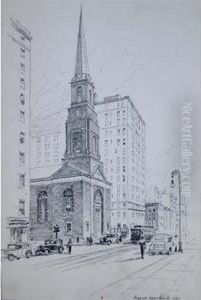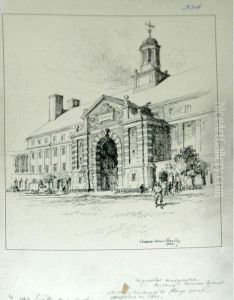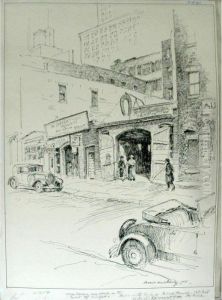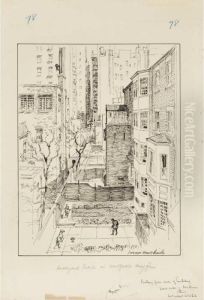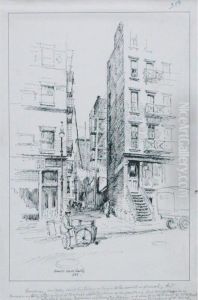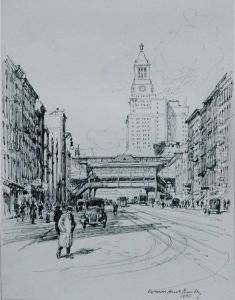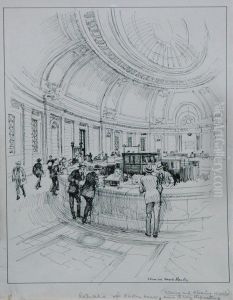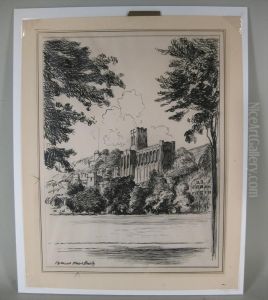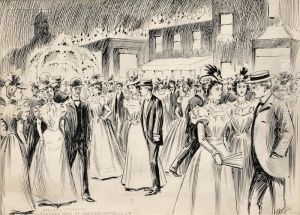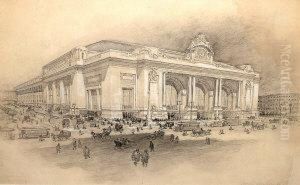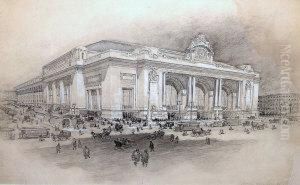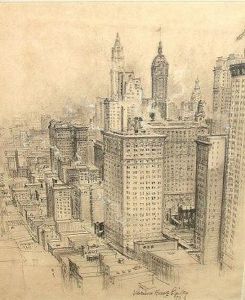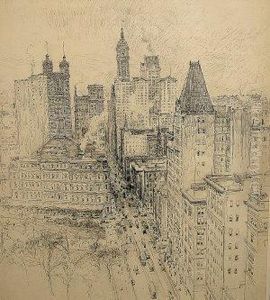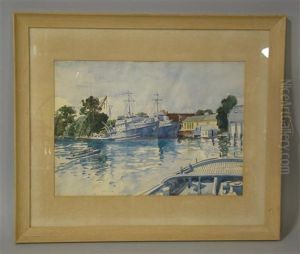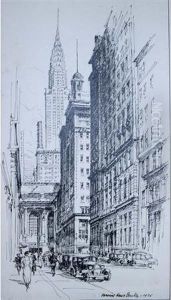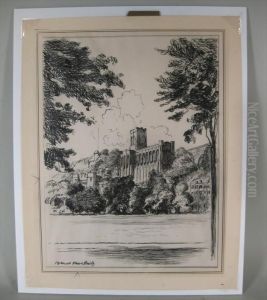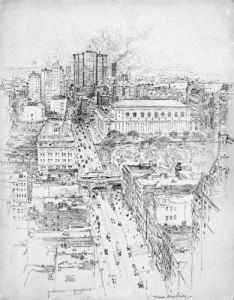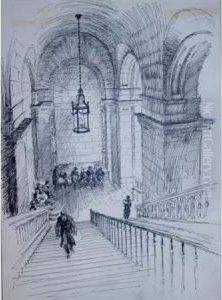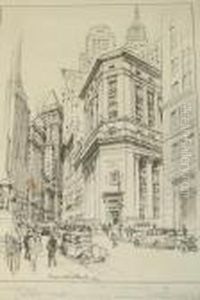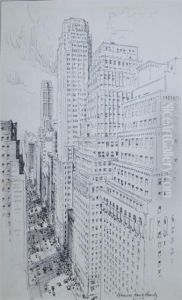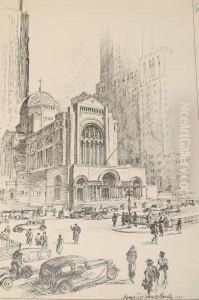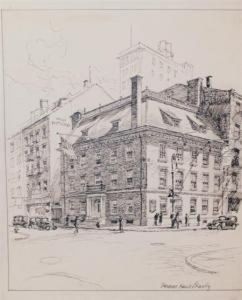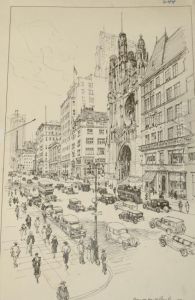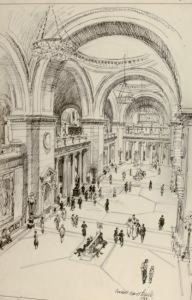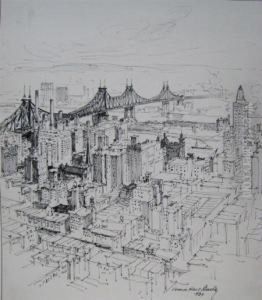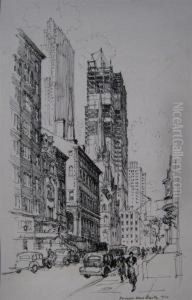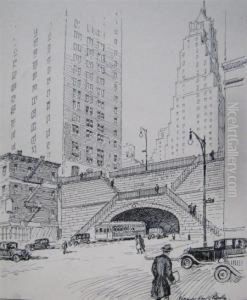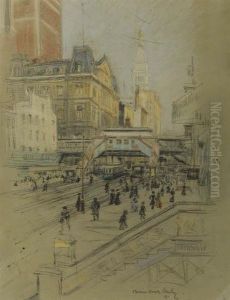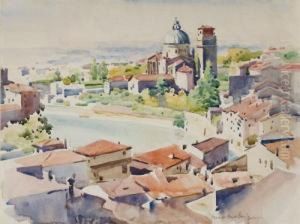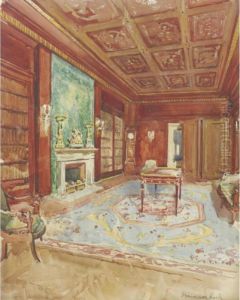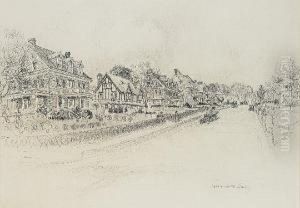Vernon Howe Bailey Paintings
Vernon Howe Bailey was an American artist and illustrator known for his detailed pen-and-ink drawings of architectural subjects. Born on July 20, 1874, in Clinton, Massachusetts, Bailey demonstrated a keen interest in drawing from an early age, which led him to pursue a career in the arts. He studied at the School of the Museum of Fine Arts, Boston, and later at the Art Students League of New York, where he honed his skills in drawing and illustration.
Bailey's career as a commercial illustrator began to flourish in the late 19th and early 20th centuries. He became well-known for his illustrations featured in prominent publications of the time, including Harper's Magazine, Scribner's Magazine, and Century Magazine. His work often depicted urban landscapes, historical buildings, and notable architectural landmarks, capturing the essence and detail of his subjects with great precision.
During World War I, Bailey served as a camouflage artist for the U.S. Navy, applying his artistic skills to design patterns that concealed ships and protected them from enemy detection. After the war, he continued to work as an illustrator, traveling extensively to document the changing urban landscape of America, as well as the architectural heritage of Europe.
Bailey's illustrations were not only published in magazines but also appeared in numerous books and were exhibited at various art institutions, including the Art Institute of Chicago and the National Academy of Design. His work is characterized by a meticulous attention to detail and a clear, linear style that captured the spirit of the American cityscape during a period of rapid transformation and growth.
Later in life, Bailey also engaged in teaching, sharing his expertise with the next generation of artists. He passed away on April 5, 1953, in New York City, leaving behind a rich legacy of artwork that offers a window into the architectural history of the late 19th and early 20th centuries. Vernon Howe Bailey's drawings remain an important record of the past, appreciated by both art enthusiasts and historians alike.
